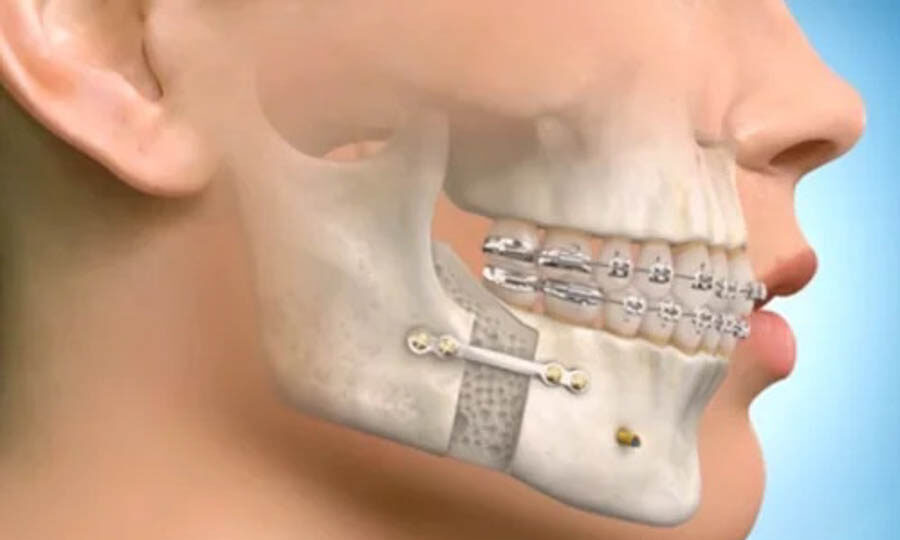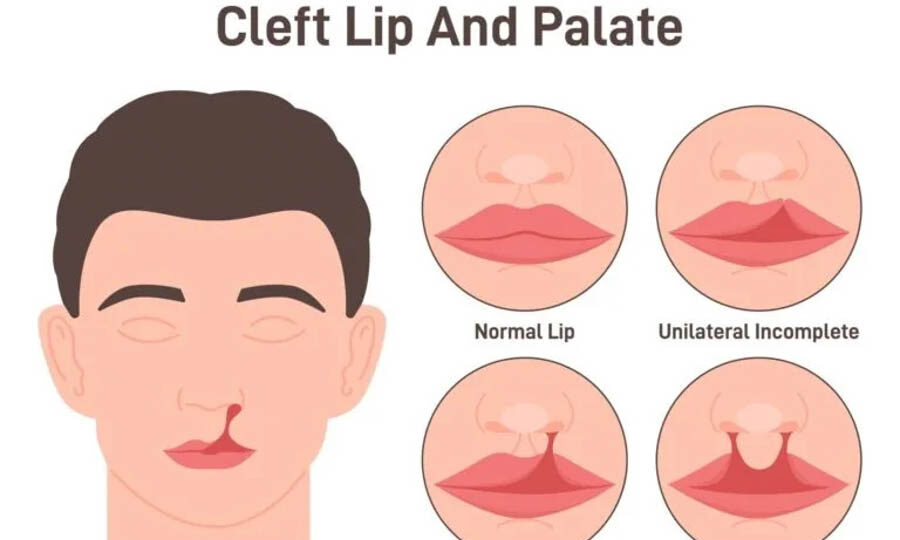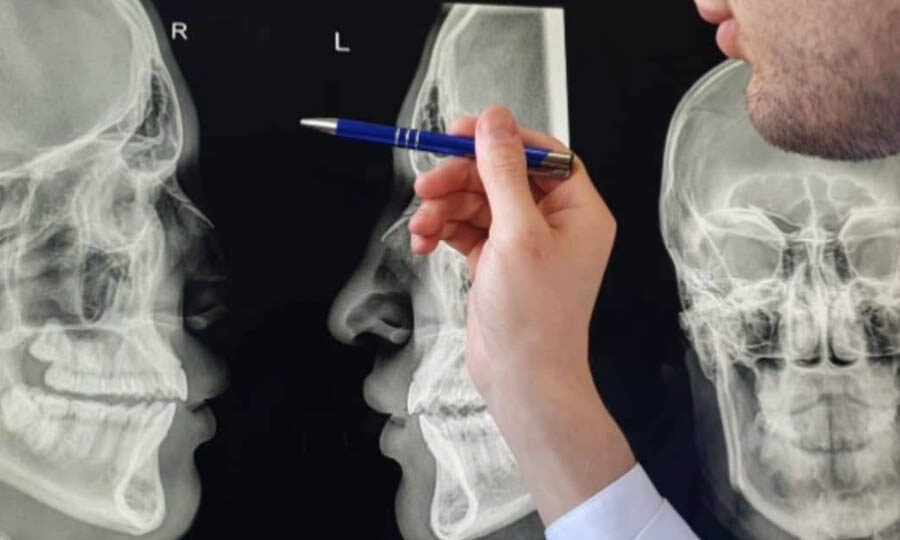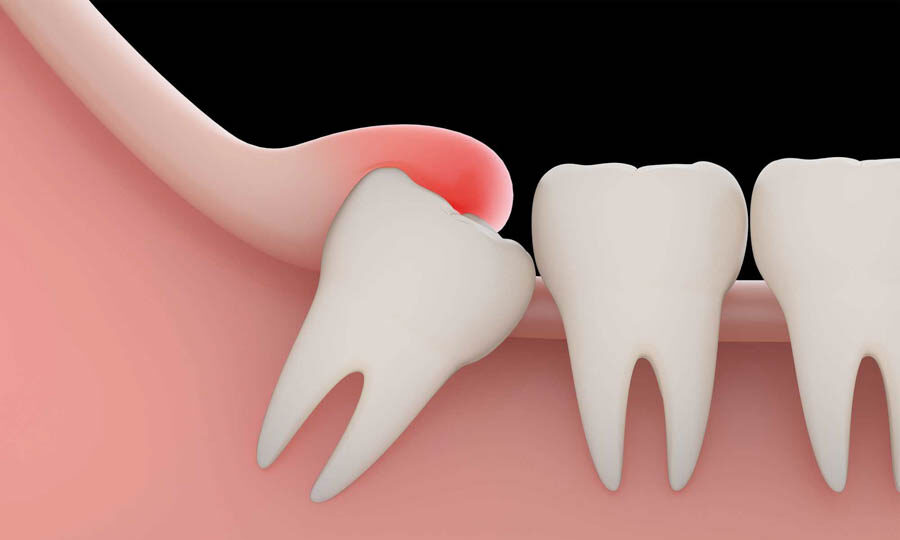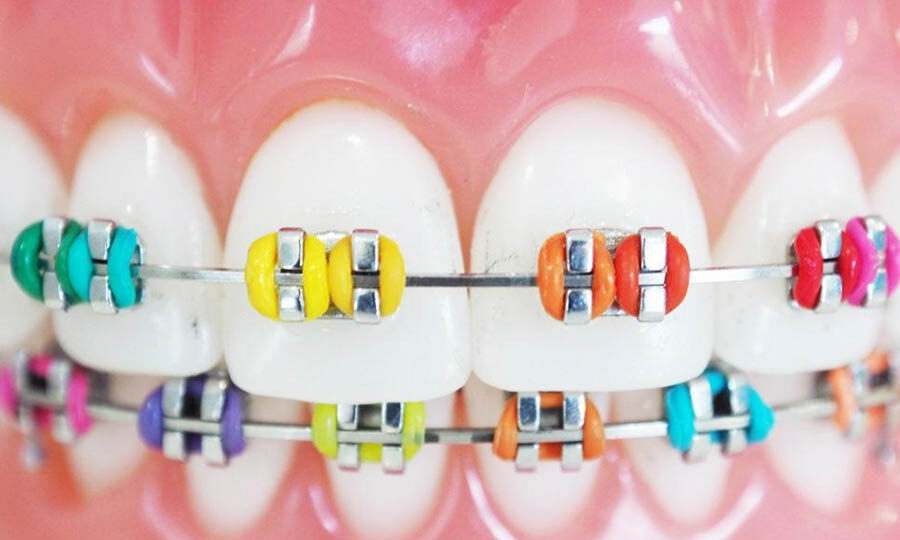Dentures (partial and full)
Dentures: Partial and Full Options for a Complete Smile
Dentures are removable dental appliances designed to replace missing teeth and restore both function and aesthetics. Whether you need partial dentures to fill gaps or full dentures to replace an entire arch, these prosthetics offer a reliable and affordable solution for a confident smile.
What Are Dentures?
Dentures are custom-made replacements for missing teeth and surrounding tissues. They are crafted to fit comfortably in your mouth, restoring your ability to chew, speak, and smile with ease.
Types of Dentures
There are two primary types of dentures:
1. Partial Dentures
Partial dentures are used when some natural teeth remain. They consist of a metal or acrylic framework that supports artificial teeth, which are designed to blend seamlessly with your existing teeth.
Benefits of partial dentures include:
- Filling gaps to prevent remaining teeth from shifting.
- Restoring chewing and speaking ability.
- Maintaining the natural appearance of your smile.
2. Full Dentures
Full dentures replace all teeth in the upper or lower jaw. They are typically made of acrylic and rest on the gums, creating a natural-looking and functional replacement.
Full dentures are ideal for:
- Individuals who have lost all teeth in an arch.
- Restoring a youthful appearance by supporting facial muscles.
- Improving overall oral function.
The Process of Getting Dentures
Obtaining dentures involves several steps to ensure a comfortable and precise fit:
- Initial Consultation: Your dentist evaluates your oral health and discusses your options.
- Impressions: Molds of your gums and any remaining teeth are taken to create a custom fit.
- Fitting: Your dentist fits the dentures and makes adjustments for comfort and function.
- Final Placement: Once the dentures are ready, you’ll receive instructions for care and maintenance.
Adjusting to Dentures
It may take a few weeks to get used to wearing dentures. During this time, you might experience:
- Slight soreness or irritation, which typically subsides as your mouth adjusts.
- Changes in speech, which improve with practice.
- Learning to chew with dentures, starting with soft foods before transitioning to a regular diet.
Caring for Your Dentures
Proper maintenance ensures the longevity and effectiveness of your dentures:
- Rinse dentures after eating to remove food particles.
- Brush them daily with a soft toothbrush and denture cleaner.
- Soak them overnight in water or a denture solution to keep them moist.
- Clean your gums, tongue, and any remaining teeth to maintain oral hygiene.
- Visit your dentist regularly for check-ups and adjustments.
When to Replace or Repair Dentures
Over time, dentures may need adjustments or replacements due to changes in the shape of your gums or normal wear and tear. Signs you may need to repair or replace your dentures include:
- Loose or uncomfortable fit.
- Cracks or damage to the denture.
- Difficulty chewing or speaking.
- Persistent gum irritation or sores.
Are Dentures Right for You?
Whether you need partial or full dentures, these prosthetics can dramatically improve your quality of life by restoring your smile, confidence, and functionality. Consult with your dentist to explore your options and create a customized solution that meets your needs.
Regain your smile and enjoy life to the fullest with dentures. Schedule a consultation with your dentist today to take the first step toward a complete and confident smile!




